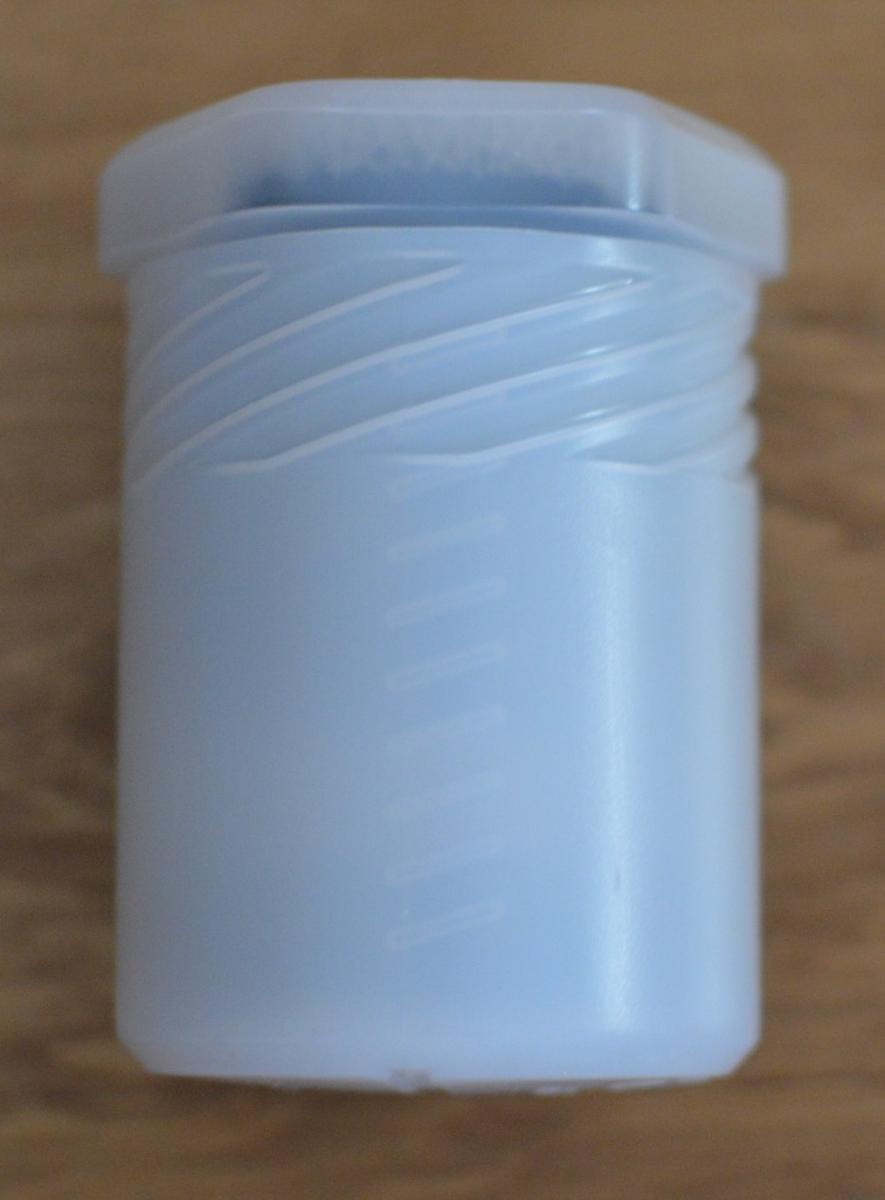

What they don't have is the limited eye relief and restricted fields.

But even these designs can be improved upon for lunar and planetary use.Īgena's StarGuider Dual ED eyepieces are the first long eye relief eyepieces with a comfortably wide field for planetary observing that also give the sharpness, contrast, and lack of lateral color and light scatter of the best orthoscopic and Plossl designs. A high quality orthoscopic or Plossl eyepiece on a good telescope gives views of Mars, Jupiter, and Saturn that can be breathtaking. Their low number of lenses (typically four) and air-to-glass surfaces give better contrast and definition than the more exotic extra wide field eyepieces. Orthoscopic and Plossl eyepieces have traditionally been the designs of choice for lunar, planetary, and binary star/star cluster observations. Our 60 degree eyepieces provide high contrast, no scattered light, and the highest possible definition.Īgena Eyepieces - Rooted in Solid Design: These objects don't need an extra-wide field of view to see small details and subtle contrast differences. Light scatter and lateral color are rarely seen in very wide field eyepieces when observing faint deep sky objects, but they become very apparent when viewing lunar, planetary, and double star objects. Another issue is light scatter seen as a distracting halo or glow around bright objects. This results when different wavelengths (colors) of light pass through the eyepieces focal plane at different points and appear as a cloud of false color around bright objects.

One such issue of all that glass is lateral color aberration. Extra lenses can also mean compromises in the overall design that can often lead to other issues. That also means there are more air-to-glass surfaces that can scatter light - reducing contrast and sometimes causing multiple reflections (ghosting) when viewing very bright objects such as the Moon and planets. More lenses mean more cost and more glass, which attenuates the amount of light you see. Premium (and costly!) eyepieces that have similar wide fields of view need many exotic glass elements to achieve that wide field of view - as many as 9 lenses or more. The eyepieces are parfocal, minimizing the amount of refocusing needed when switching from eyepiece to eyepiece within the series.Īgena Dual ED Eyepieces vs. A great value, these eyepieces are exceptional at nearly eliminating lateral color aberration and light scatter often associated with more expensive eyepieces that are better suited for deep space objects. This feature is especially useful for telescopes without tracking capability where the object drifts across the field of view during observation. These 1.25" fully multicoated (FMC) eyepieces give maximum detail and definition across the entire 60 degree field of view (FOV). With a true flat field and two high quality ED glass elements of different glass types, the new Agena StarGuider Dual ED eyepieces are characterized by a significantly high contrast image.


 0 kommentar(er)
0 kommentar(er)
